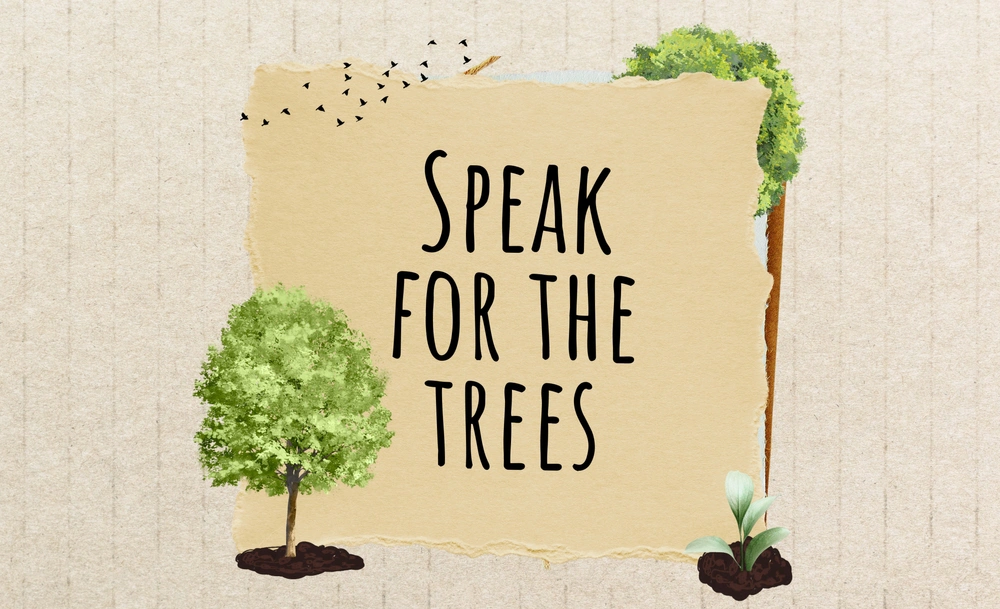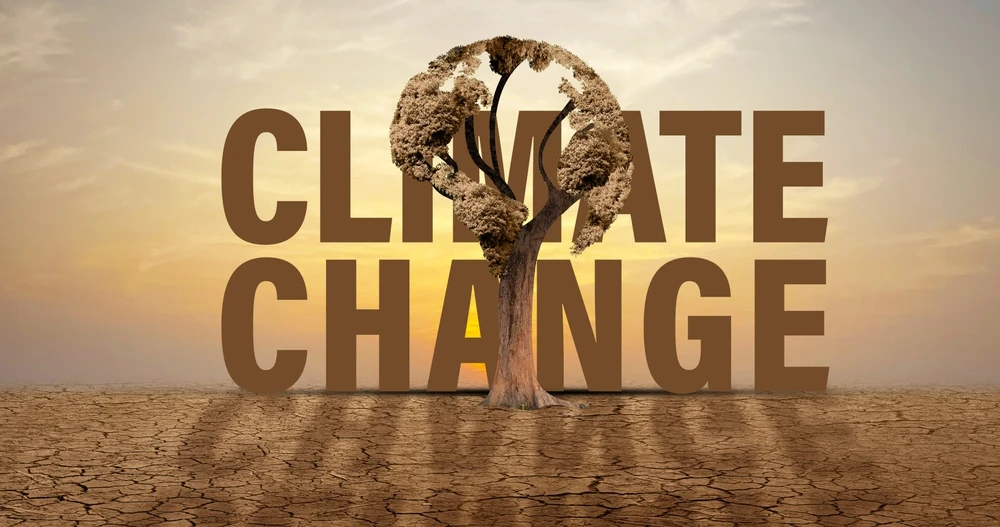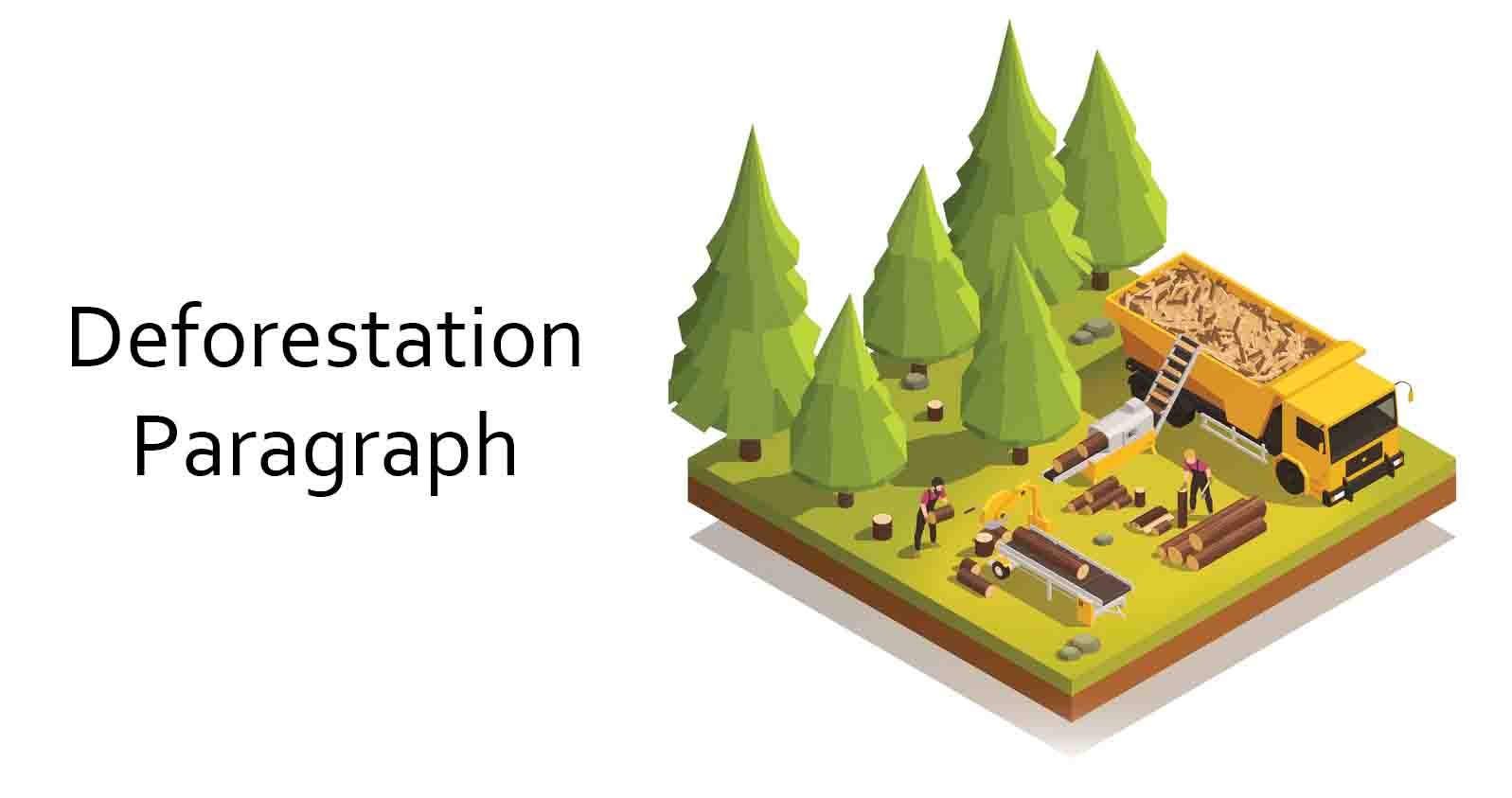Importance of trees for the environment and human life paragraph in 200, 300, 500 words

Trees are the lifeblood of our planet, playing a vital role in maintaining the balance of ecosystems and supporting life as we know it. From purifying the air we breathe to stabilizing the climate, trees provide countless benefits that are often taken for granted. Their significance extends beyond just the environment—they are intricately woven into the fabric of human existence, offering not only resources but also promoting mental and physical well-being. In this blog post, we’ll explore the importance of trees, highlighting their crucial contributions to both nature and human life.
Importance of trees for the environment and human life paragraph in 200 words
Trees are the silent heroes of our planet, sustaining life in ways we often overlook. They act as the Earth’s lungs, absorbing carbon dioxide and releasing oxygen, making them indispensable for human survival. By mitigating the effects of climate change, trees help regulate temperatures, reduce air pollution, and prevent soil erosion, ensuring a stable environment for all living creatures. Their intricate root systems anchor the soil, reducing the risk of landslides and promoting water filtration, which leads to cleaner rivers and groundwater.
Beyond their environmental impact, trees are deeply intertwined with human well-being. Forests provide essential resources, from wood and medicine to food and fuel, supporting communities worldwide. Green spaces, such as parks and urban forests, offer refuge from the stresses of modern life, improving mental health, reducing anxiety, and boosting overall happiness. Additionally, trees create habitats for countless species, maintaining biodiversity and contributing to the health of ecosystems that humans rely on.
In essence, trees are not just a part of nature—they are the foundation upon which life thrives. From their ecological contributions to the countless ways they enhance our quality of life, the importance of trees cannot be overstated. Protecting them is essential for the well-being of both the environment and humanity.
Importance of trees for the environment and human life paragraph in 300 words
Trees are essential to the health of our planet and the well-being of all living organisms, making them one of the most valuable natural resources we have. As the planet’s lungs, trees absorb carbon dioxide—one of the major greenhouse gases—and release oxygen, which is vital for human and animal life. This process of photosynthesis helps regulate the atmosphere, combating climate change by reducing the amount of harmful gases in the air. Trees also act as natural air filters, trapping dust, pollutants, and particulate matter, which significantly improves air quality. Without trees, the Earth would face an increasingly inhospitable environment, with rising temperatures, declining air quality, and disrupted ecosystems.
Beyond their environmental contributions, trees play a critical role in preserving biodiversity. They provide habitats and food for countless species of animals, birds, insects, and microorganisms. Forests, both tropical and temperate, are home to a majority of the planet’s species, many of which are yet to be discovered. As trees grow, they create complex ecosystems that sustain a vast array of life, contributing to the balance of the food chain and the overall health of the Earth.
For humans, the benefits of trees extend far beyond their ecological importance. Trees are a direct source of resources such as wood, paper, fruit, and medicinal plants. They also contribute to the economy through forestry and agriculture, supporting livelihoods worldwide. Furthermore, trees have profound psychological benefits, providing green spaces in cities that offer calm and relaxation amidst urban chaos. Research has shown that exposure to nature, particularly trees, reduces stress, boosts mood, and improves cognitive function.
In essence, trees are not just a part of the environment—they are the lifeblood of the Earth, supporting all life forms and offering invaluable resources and services. The protection and preservation of trees are vital to ensure a sustainable future for both the environment and humanity.
Importance of trees for the environment and human life paragraph in 500 words
Trees are an indispensable part of life on Earth, providing a wide range of benefits that impact both the environment and human well-being. As one of nature’s most vital resources, they play a crucial role in sustaining the delicate balance of ecosystems and ensuring the survival of countless species, including humans. From purifying the air we breathe to offering habitat and sustenance to a variety of organisms, trees are essential to the health of the planet.
First and foremost, trees are often referred to as the “lungs of the Earth.” Through the process of photosynthesis, they absorb carbon dioxide (CO2), a major greenhouse gas, and release oxygen, which is essential for human and animal life. This ability to sequester CO2 helps mitigate climate change by reducing the concentration of greenhouse gases in the atmosphere. In fact, forests around the world are responsible for absorbing a significant portion of global carbon emissions, making them one of the most effective natural tools in the fight against climate change. By maintaining a healthy tree population, we can significantly reduce the impact of global warming, stabilizing the Earth’s climate for future generations.
Trees also play a vital role in improving air quality. They act as natural air filters, trapping pollutants such as dust, nitrogen oxides, sulfur dioxide, and particulate matter. This filtration process reduces air pollution, which is a leading cause of respiratory illnesses, heart disease, and other health problems in humans. In urban areas, where pollution levels tend to be higher, trees provide a much-needed source of clean air, contributing to healthier living conditions.
In addition to their role in carbon sequestration and air purification, trees help maintain the water cycle. Their roots absorb water from the soil, reducing runoff and preventing soil erosion, which can lead to landslides and floods. By maintaining the integrity of the soil, trees help protect waterways, preventing sediment from entering rivers and streams, which can harm aquatic life. Forests also act as natural reservoirs, regulating water flow and ensuring the availability of fresh water for both humans and wildlife.
Trees are essential for biodiversity. They provide shelter and food for a wide variety of animals, insects, birds, and microorganisms. Forests are home to a large percentage of the Earth’s biodiversity, with each tree supporting its own unique ecosystem. Birds nest in branches, squirrels make their homes in tree hollows, and bees pollinate flowers while feeding on nectar. The loss of trees and forests leads to habitat destruction, which contributes to the extinction of countless species. By protecting trees and forests, we preserve the delicate web of life that sustains the planet’s ecosystems.
For humans, trees offer not only ecological benefits but also economic and social advantages. Trees provide essential resources such as wood, fruits, nuts, and medicinal plants. Many communities, particularly in rural areas, rely on trees for their livelihoods, using them for food, shelter, and tools. Forest industries, such as timber and paper production, create jobs and contribute to the economy. Additionally, trees have profound psychological benefits. Green spaces, including parks and urban forests, offer a sanctuary from the stresses of modern life. Studies have shown that spending time in nature, particularly around trees, can reduce stress, improve mood, and enhance overall well-being. In cities, where concrete and steel dominate, trees help create a sense of calm and tranquility, offering a vital escape for people seeking rest and rejuvenation.
In conclusion, trees are a cornerstone of life on Earth, supporting the environment, human health, and biodiversity. Their importance cannot be overstated. As the planet faces increasing challenges such as climate change, deforestation, and pollution, it is crucial that we protect and preserve trees for future generations. By planting more trees, conserving existing forests, and advocating for policies that protect natural habitats, we can ensure a sustainable future for both the planet and humanity.









